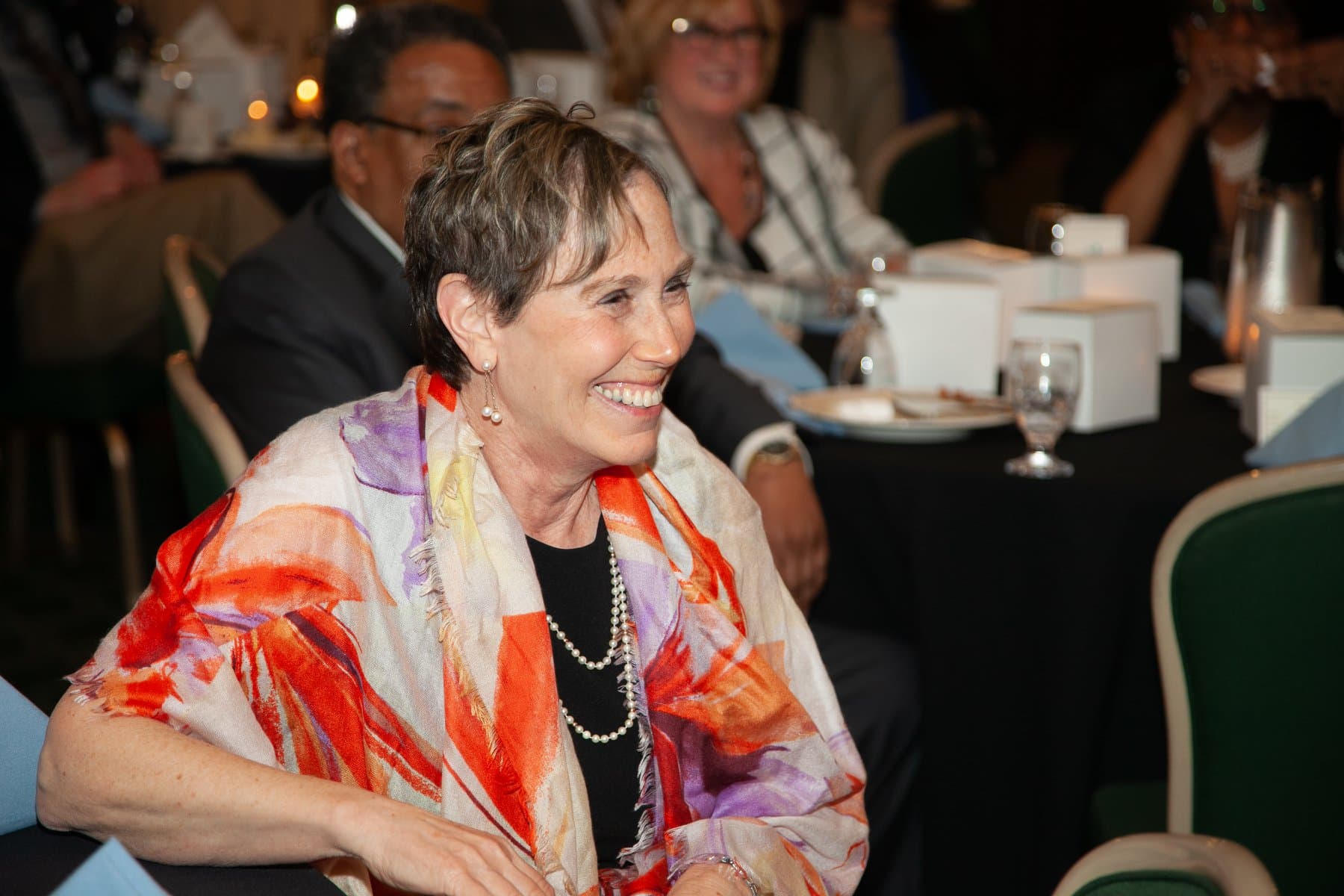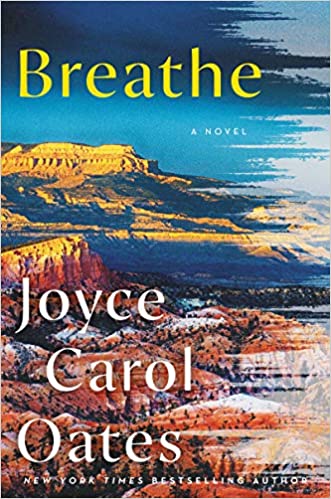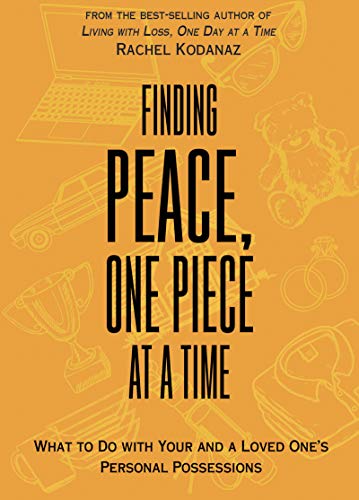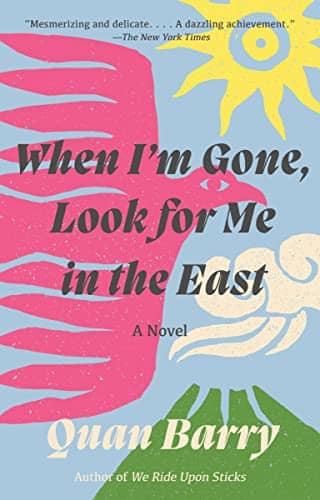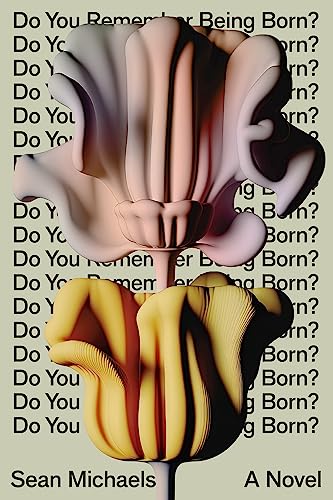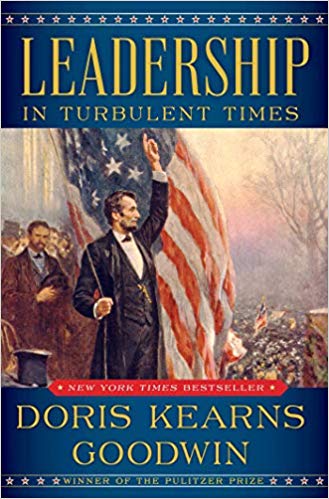
Leadership: In Turbulent Times
Estimated reading time: 0 minutes, 36 secondsA Book for Our Turbulent Times
Leadership: In Turbulent Times by Doris Kearns Goodwin, one of America’s best presidential historians, offers an illuminating exploration of the early development, growth and exercise of leadership as demonstrated by Presidents Lincoln, Theodore Roosevelt, FDR and Johnson.
I received this book for Hanukkah from my granddaughter and son Mike and his girlfriend Elyssa. They know me very well. A book by Ms. Goodwin is always a must read. If you add in Lincoln, the two Roosevelt’s and LBJ, it is a book I cannot put down.
This NPR interview with Ms. Goodwin is worth listening to.
